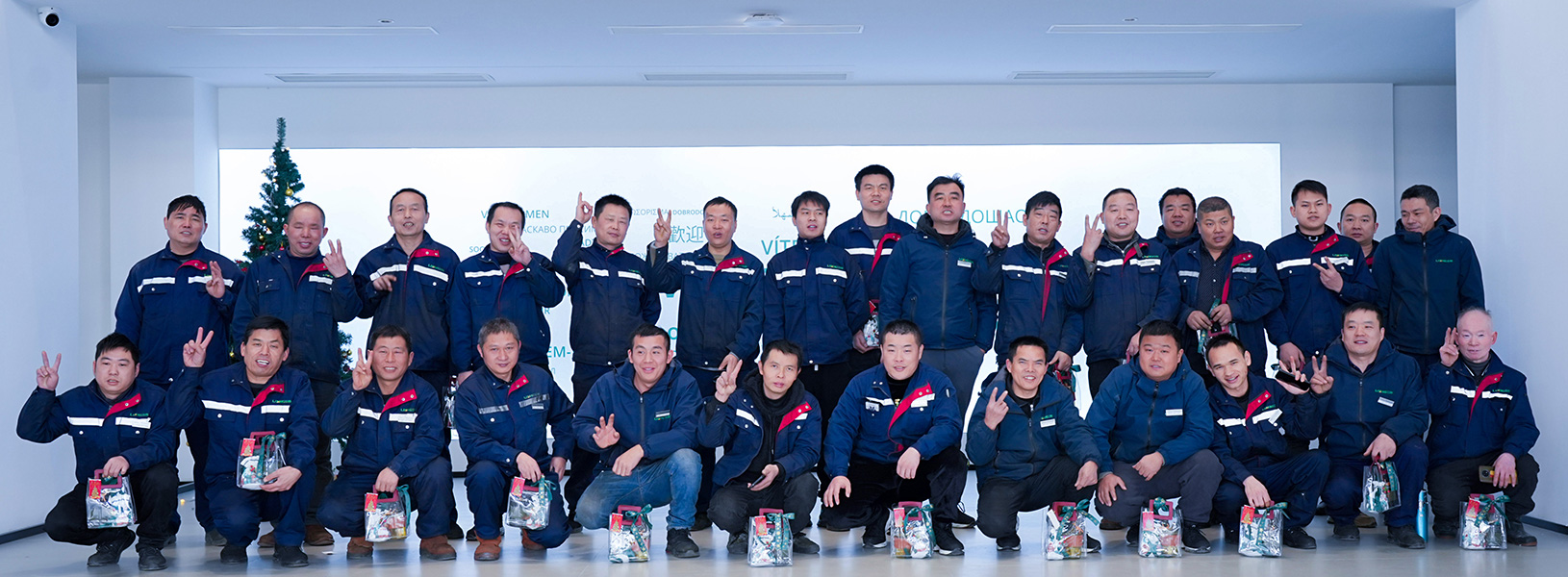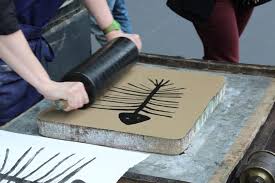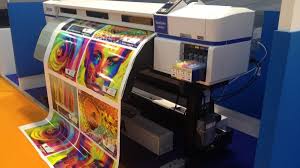
6 Various Types of Printing for Print Packing
What is a Packaging Printer?
A packaging printer can be defined as a specialized device that prints designs, images, and other markings on different types of packages. These printers utilize a particular combination of technologies. The selection is determined by the nature of the material, the sophistication of the design, and the quantity of packaged goods required.
The Need for Packaging Printing in The Packaging Market
It has become evident that the growth of the packaged goods market has made packaging printing a key process within modern packaging. It enables companies to enhance the aesthetics of the package. Such packages are appealing to broader audiences. Additionally, it contains vital information such as the product’s features, components, and instructions for usage.
In addition, packaging printing also enhances the utility of the package. Certain printed materials are used to cover products or ensure compliance with specific regulations. This is particularly the case in pharma packaging printing.
6 Various Types of Printing for Print Packing
When dealing with print packing, you can choose from a number of different printing processes, each of which presents advantages and disadvantages. These options can assist in determining the best fit for your packaging needs.
Flexography
Flexography is one of the fastest and most resourceful forms of printing. It is widely adopted in the flexible packaging printing Ilastik industries. This process employs the use of flexible plates for ink transfer onto various materials such as plastic, foil, and even paper. It is Perfect for high volume productions and flexographic machines can print on both absorbent and non-absorbent materials. Flexo is common in printing food and drink labels as well as in pharma packaing printing.
Lithography
Lithography is also called offset printing and is ideal for producing quality prints. It renders ultra vivid graphics and complicated images along with brilliant colors. It may, however, work out to be dearer in smaller volume runs. Litho printing is done on paperboard packaging and folding cartons. It is very clean and professional looking.
Gravure
Gravure printing is a type of printing that works like engraving. It is very precise and produces clear and detailed prints. It is primarily utilized in long-run projects for packing such as flexible packages, labels and plastic films. Although it has very detailed print quality, its costs are very high which makes it unsuitable for short print runs. Additionally, it is mostly used in luxury packing like high-end cosmetics and pharmaceuticals.
Digital Printing
Digital printing is gaining traction in the packaging world. It is especially useful for small volume runs. No plates are needed so costs and setup times are also lowered. In addition, digital printing can also aid in creating a high level of customization which makes it excellent for personal packaging. The food, pharmaceutical, and retail industries use digital printing extensively.
Screen Printing
Screen printing is used when printing on nonflat surfaces like plastic, glass and even metal. It is primarily used for special school merchandise and limited edition projects. It also produces unique textures and visual effects making it a favorite for high end products, however like many other printers, it is slower and more costly for larger production runs.
Letterpress
One of the oldest methods is letterpress printing. It is characterized by its raised-text effect, and is known for its quality. Even though it has fallen out of popularity, it is still widely used in luxury special prints and packaging. This technique is primarily employed for small runs, like premium product boxes or limited measure items.
Which Printing Process is Most Commonly Used in Packaging?
In packaging the most preffered method of printing is flexography. It is especially used in printing for flexible packaging. The method is quick and economical for mass production. This method is applied for polypropylene bags, films, and corugated boxes. Digital printing packaging is also gaining ground because it is flexible and suitable for non-standard designs, but is usually used in short runs.
Lishg – Your Trusted Flexible Packaging Printing Manufacturer
At Lishg, we provide rigid and flexible print packing solutions at a low cost. We have classified our units of flexo printing machines into three major categories. CI flexo printing machine, gearless flexo printing press, and stack flexo printing machine. We provide 4 to 8 colors on our printing machines. Speed machines for flexo printing are also available.
Conclusion
The above are the 6 most common packaging printing methods. If you are looking for a packaging printing solution, you need to consider many factors such as your production volume, the materials used, and the printing quality. If you finally choose flexographic printing, please do not hesitate to consult Lishg, we provide you with a variety of flexographic printing machine options.
References
1 Different Types of Printing for Packaging
2 Best Printing Methods for Packaging: 5 Methods Compared












